Learning to drive a manual car can feel exciting and a little scary at the same time. One of the most important skills every beginner needs to master is clutch control. If you’ve ever worried about stalling, rolling backward on a hill, or struggling in traffic, don’t worry you’re not alone.
This guide will explain clutch control in easy-to-understand steps. We’ll cover what the clutch does, how to find the biting point, how to avoid stalling, and how to handle tricky situations like hills and stop-and-go traffic. By the end, you’ll feel more confident behind the wheel of a manual car.
What Is the Clutch and Why Is It Important?
The clutch pedal is found on the far left side of the pedals in a manual car. Its main job is to connect and disconnect the engine from the wheels.
Pedal pressed down → the engine is separated from the wheels (you can change gears without grinding).
Pedal released slowly → the engine power goes smoothly to the wheels.
This simple but powerful mechanism is what allows you to move off, stop, and change gears. Mastering clutch control is the foundation of driving a manual.
The Biting Point: Your First Step in Clutch Control
One of the first things beginners learn is the biting point. This is the exact point where the clutch plates start to meet and the car is ready to move.
How to find the biting point:
Press the clutch fully down.
Select first gear.
Slowly lift the clutch pedal until you feel the car slightly pull forward or the engine sound changes.
Hold your foot there—that’s the biting point.
💡 Pro Tip: Always keep your right foot on the brake while practicing the bite point, especially if you’re on a slope.
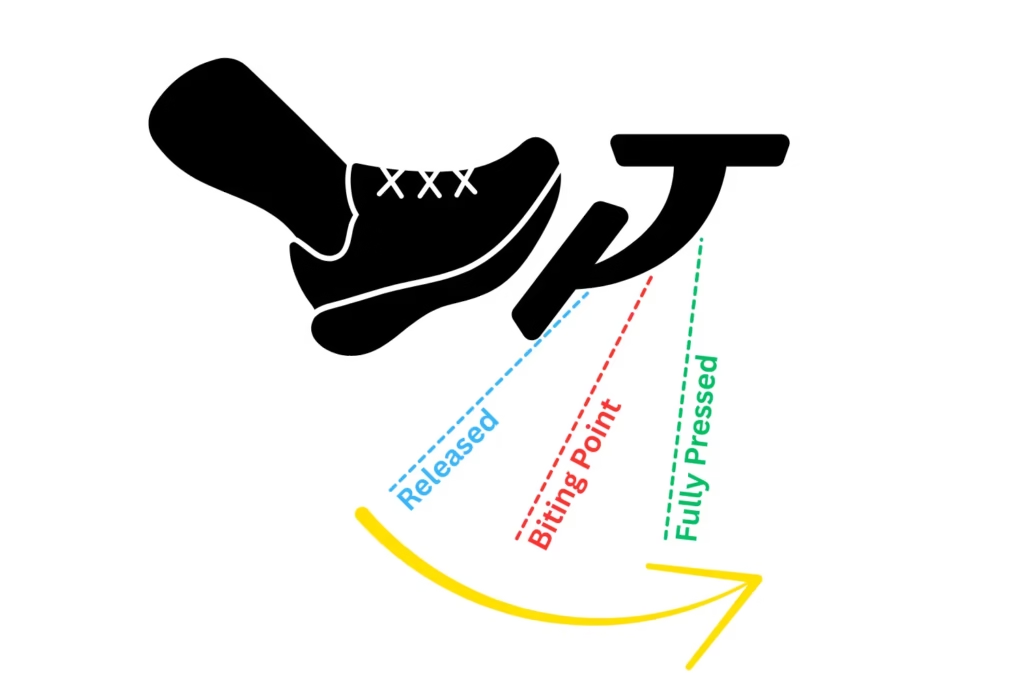
How to Move Off Without Stalling
Stalling is the most common fear for beginner drivers. It happens when the clutch is released too fast and the engine cuts out.
Steps to move off smoothly:
Clutch down, gear in first.
Gently press the accelerator (gas) to give the engine a little power.
Slowly raise the clutch to the biting point.
When you feel the car ready to move, release the brake and let the clutch come up gradually.
💡 Remember: Patience is key. Rushing the clutch is the quickest way to stall.
Clutch Control on Hills (Hill Start Technique)
A hill start can make even confident learners nervous. Here’s how to handle it:
Clutch down, select first gear.
Press the brake and hold it.
Slowly raise the clutch until you find the biting point.
When you feel the car pulling forward, release the handbrake (or foot brake).
Add a little more gas and release the clutch smoothly.
With practice, you’ll stop rolling backward and gain confidence on slopes.
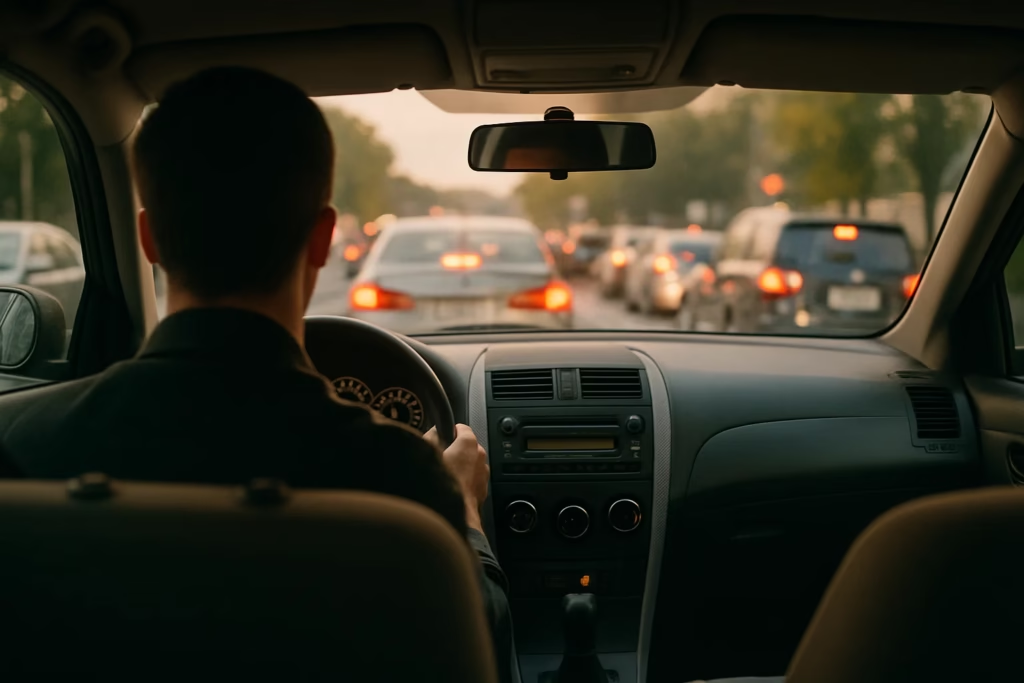
Clutch Control in Traffic (Stop-and-Go Driving)
Manual cars in traffic require patience. The trick is learning to use slow clutch movements instead of pressing the accelerator too much.
In slow-moving traffic, keep the car in first gear.
Use the clutch at the biting point to creep forward.
If traffic stops completely, press the clutch fully down and brake.
This way, you won’t keep stalling or jerking forward.
What Is Slipping the Clutch?
“Slipping the clutch” means keeping the clutch partly pressed while driving at low speed. It’s useful for parking, crawling in traffic, or making small adjustments.
⚠️ Warning: Slipping too much wears out the clutch faster. Use it only when necessary.
Common Mistakes Beginners Make With the Clutch
Releasing too quickly – causes stalling.
Riding the clutch (keeping it half-pressed unnecessarily).
Not using enough gas when moving off.
Resting your foot on the clutch while driving—this leads to faster wear.
How to Practice Clutch Control Safely
Start in an empty parking lot or quiet road.
Practice finding the biting point several times.
Try moving off, stopping, and repeating until it feels natural.
Gradually introduce hills and traffic situations.
Clutch control might feel tricky at first, but with patience and practice, it becomes second nature. Remember to take your time, practice regularly, and stay calm. Soon, you’ll be moving off smoothly, handling hills with ease, and driving confidently in traffic.
If you’re just starting, don’t worry about making mistakes—they’re part of the learning process. Every driver who can now drive a manual car once struggled with clutch control,
Discover more from SMOOTHSTEERING
Subscribe to get the latest posts sent to your email.

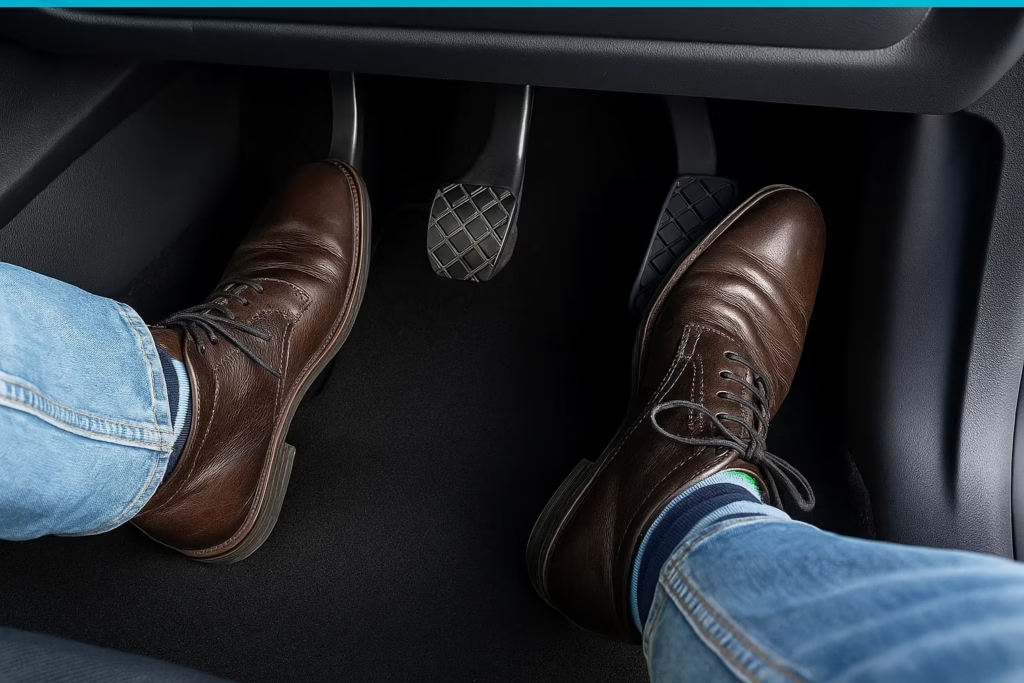
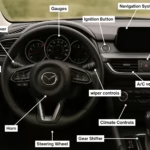
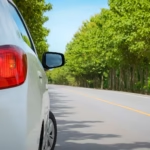
Pingback: How to Move Off and Stop Safely (Learner Driver Guide)
Pingback: How to Change Gears Smoothly